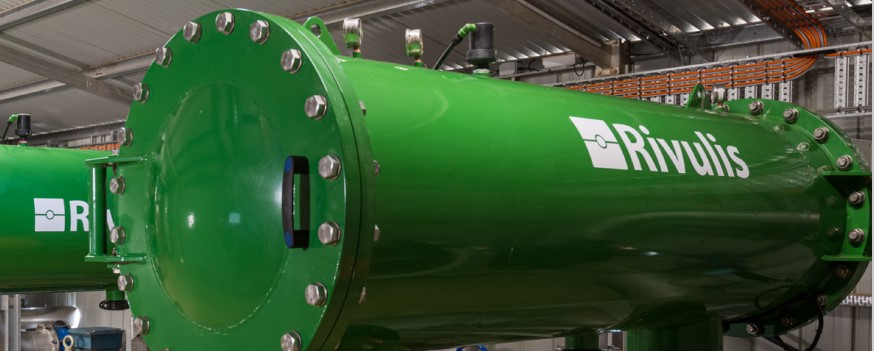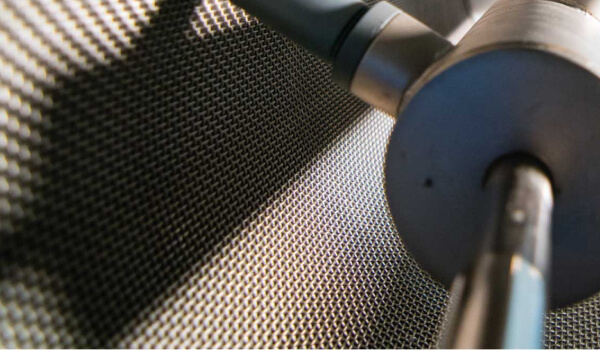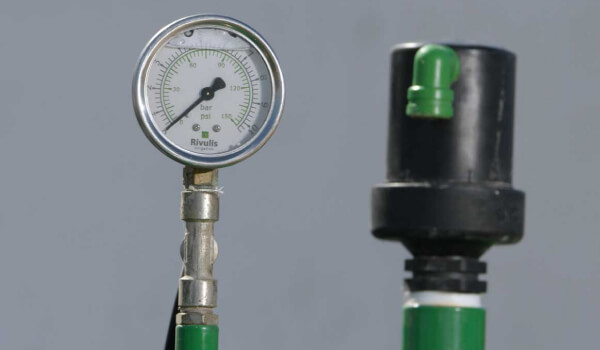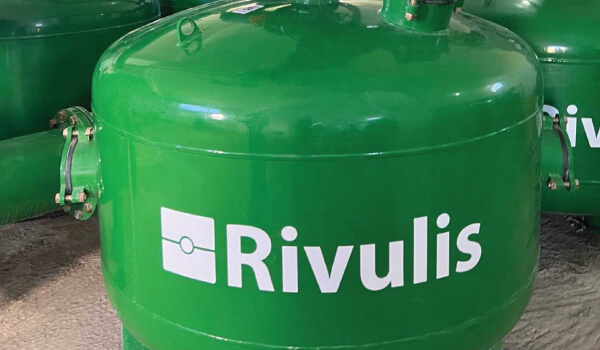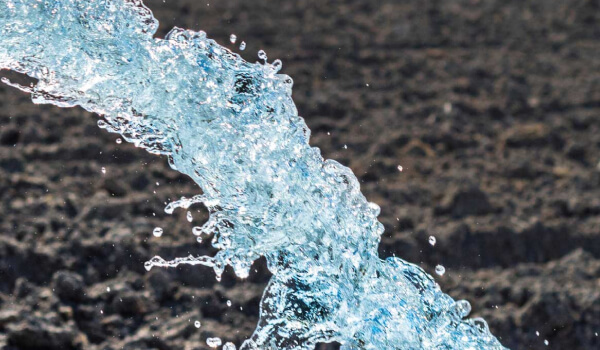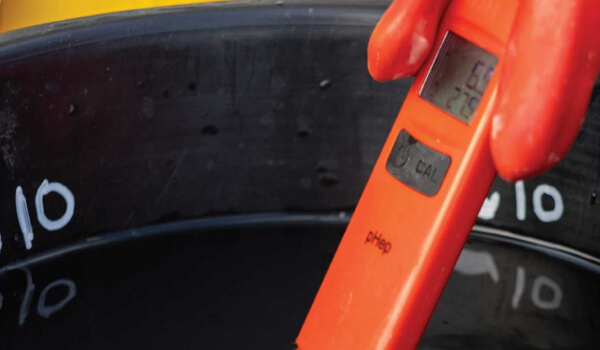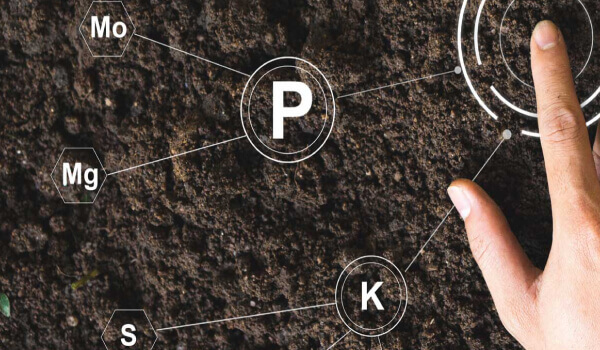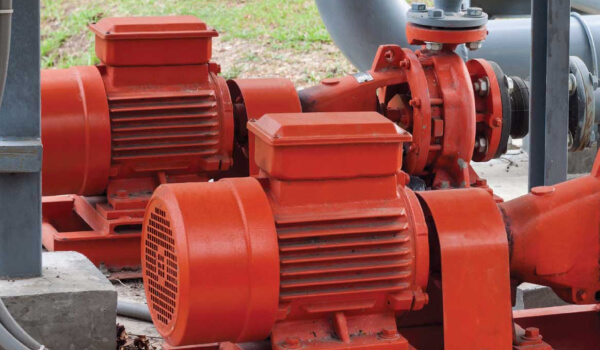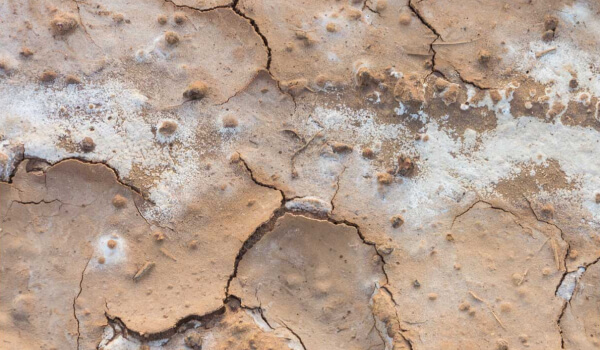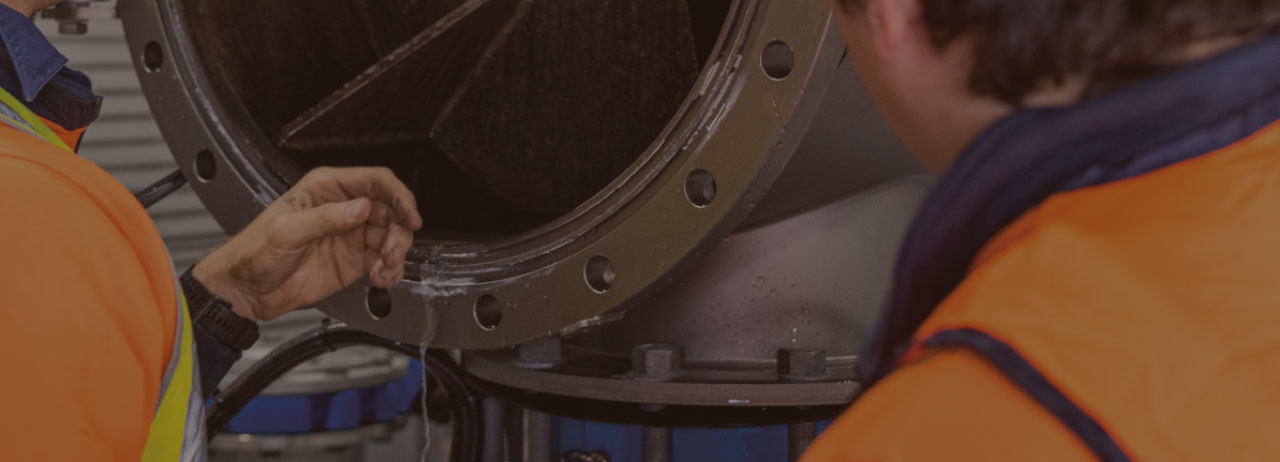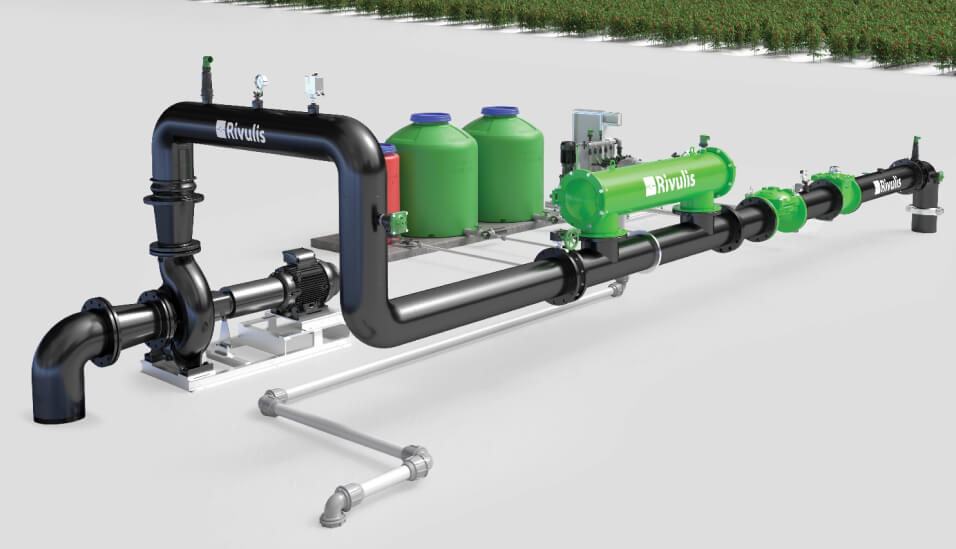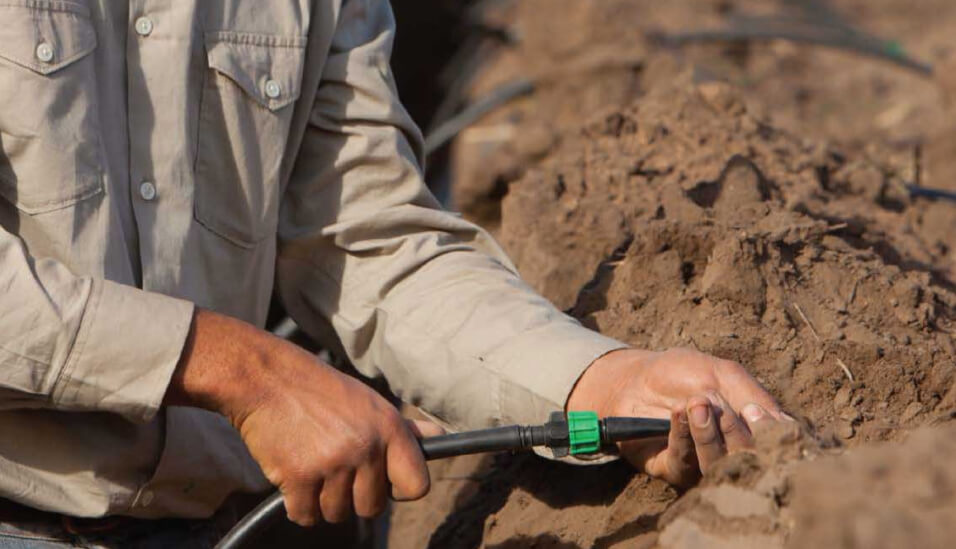Some specific considerations to keep in mind
Here are some common fertigation items to pay attention to.
Phosphorous
Never mix concentrated phosphorous and calcium fertilizer in the same tank, as this will clog the whole system.
Even if phosphorous and calcium fertilizers are mixed anywhere in the system, even at low concentrations, participates will form.
Mixing of calcium with sulfate
Mixing a fertilizer containing calcium with a fertilizer containing sulfate can cause gypsum to precipitate.
One example of this would be mixing calcium nitrate with potassium sulfate. While both fertilizers are highly water soluble, mixing them together into irrigation water will cause calcium sulfate (gypsum) to form. Gypsum is much less soluble and will precipitate out of the water.
Anhydrous and aqua ammonia
Injecting anhydrous or aqua ammonia will increase the pH of the irrigation water. If the pH increases to a level above 7.5, and if the irrigation water contains at least 2 meq/L of bicarbonate, calcium carbonate can precipitate.
Calcium
If the irrigation water has more than 2 meq/L of bicarbonate and the pH of the water is more than 7.5, adding fertilizer containing calcium, such as calcium nitrate, may cause calcium carbonate to precipitate.
Sulfate
If fertilizers containing sulfate, such as potassium sulfate, are added to irrigation water having a calcium concentration of more than 20–30 meq/L, gypsum (calcium sulfate) may precipitate.
Important fertilizer guidelines

• Correct handling and safety of all chemicals and fertilizers is essential. Always follow the instructions of the manufacturer and also follow local laws and regulations. Incorrect use may also damage irrigation components, the soil, crops and the environment. All information contained in this module is secondary to local laws and manufacturer instructions. Some fertilizers and chemicals might be hazardous, and might react with other fertilizers or chemicals. Therefore, it is important to read and follow the handling and safety instructions as supplied by the product supplier (such as Safety Data Sheet), and to follow such instructions before using the chemical/fertilizer.
• Always wear appropriate protective clothing, including but not limited to goggles, gloves, covered shoes, and long-sleeved shirts and pants, to avoid skin and eye contact which can cause severe injury and blindness.
• Mixing of different chemicals such as fertilizers, acids, biostimulants or pesticides in the same operational tank/storage vessel might cause a dangerous reaction or precipitation. For example, interaction of chlorine and some fertilizers can cause an explosion. Before filling the operational tank/storage vessel with chemical compounds make sure that any remnants are thoroughly removed.
• In solution, some fertilizers have a corrosive effect on non-resistant parts of irrigation equipment. Interactions with chlorine can increase this corrosive effect. This risk should be evaluated before use.
• Compatibility of use with the irrigation system and other fertilizers/chemicals must be determined before injecting any fertilizer/chemical into your system.


